Top project management software
Juggling personal goals, freelance gigs, and the complexities of daily life can feel like a project in itself. Even though project management software is a staple and a necessity in the business world, its power to organize and streamline is just as valuable for personal endeavors.
The right personal project management software can be the key to turning chaotic to-do lists into structured plans.
But how do you know which software is right for you? Below, we share the 10 best project management tools for individuals, based on real-life testing.
When researching and testing, I focused on tools that can help genuinely boost your personal productivity — whether you’re planning a wedding, launching a side hustle, or just trying to stay on top of your goals — rather than on enterprise-level features designed for massive teams.
Key benefits of using project management software personally
Adopting a tool to help with project planning activities can fundamentally change how you approach your daily routines and tasks, with benefits going far beyond simply digitizing your to-do list. Such benefits include
- Simplified organization: Instead of scattering notes, deadlines, and ideas across apps and notebooks, you use a dedicated tool to centralize everything. Imagine planning a family holiday where the itinerary, budget, and packing lists are all in one shared, accessible space.
- Better time management: Features like task prioritization and deadlines provide a clear view of what needs your attention and when it needs it. This is invaluable for freelancers balancing multiple client projects or anyone trying to carve out time for a personal passion project.
- Collaboration with family and friends: Organizing a surprise party or a group trip becomes much smoother when you can assign tasks, share updates, and keep everyone on the same page without the need to rely on confusing email threads or group chats. A good personal project management app makes collaboration intuitive.
Features to look for in a personal project management tool
When evaluating personal project management tools, focus on features that simplify your life instead of complicating it. Based on your unique needs, the ideal tool may include some of or all the features listed below.
- Dashboards: A clean, customizable dashboard is your command center. It helps you quickly get a high-level overview of your tasks, upcoming deadlines, and project progress in a way that feels intuitive.
- Integrations: The tool should play well with the other apps you use every day. When you connect your project board to your calendar, cloud storage, or email, you get automated updates and save significant manual effort.
- Collaboration: Even for individual use, the option to easily share a project with a partner, family member, or freelance client is a huge plus. Look for simple and intuitive sharing permissions.
- Automation: The ability to automate recurring tasks — like weekly reminders to pay bills or follow up with a client — is a hallmark of efficient personal project management tools.
- Time tracking: For freelancers or anyone tracking time spent on a specific goal, a built-in time tracker provides valuable insight into where your hours are actually going, which helps you plan, quote, and bill projects.
Best project management software for individuals
1. Best for simple and flexible project management: Asana
Pros:
- Extremely user-friendly interface that’s easy to pick up
- Offers multiple project views (list, board, calendar) to suit different workflows
- The free plan is robust and more than enough for most individual users
Cons:
- The premium plans can get pricey if you need advanced features
- The sheer number of features can feel a bit overwhelming at first
With Asana, you start super quickly, mapping out a project in just a few minutes.
It’s easy to switch between a simple list, a visual Kanban board, and a calendar view. You can use the calendar view to manage a content calendar for your personal blog, for example, while tracking freelance work and pipeline via the board view.
Personally, I love the My Tasks screen — in List mode, it offers a focused, deadline-oriented view of tasks and urgency.
Developer: Asana
Key features:
- Integrates with more than 100 apps, including Google Drive, Slack, and Dropbox
- Asana AI structures projects, sets goals, and summarizes progress
- Custom fields for tracking specific details like hourly rates or contact info
Plans/Pricing:
- Personal: Free for unlimited tasks and projects
- Starter: $10.99 per month for access to Asana AI, additional views, and more
- Advanced: $24.99 per month for additional features like Goals and time tracking
G2 rating: 4.4/5
2. Best for customizable task management: Jotform Boards
Pros:
- Seamlessly connects with Jotform’s powerful form-building tools
- Clean, intuitive, and easy to use visual Kanban board
- Generous free plan
Cons:
- No alternate view options
If you’re a visual thinker like me, Jotform Boards feels incredibly natural. It turns data from your online forms directly into tasks on a Kanban board.
I tested this by creating a simple form for freelance inquiries, and each submission automatically appeared as a new card on my New Leads board. From there, I could drag and drop it through my workflow: In Progress, Awaiting Payment, etc.
You can connect one or multiple forms to each board — or build a board from scratch to manage non-form tasks, projects, and goals.
This automation is where Jotform shines and sets it apart from other board-based tools, making it the perfect personal project management app for anyone who collects information and needs to act on it. Think event planners, freelancers, or hobbyists tracking submissions.
Developer: Jotform
Key features:
- Native integration with Jotform Tables and Forms creates a complete workflow automation ecosystem
- AI features help summarize form data and assist in form creation
- Use pre-made templates to quickly start and easily customize columns, add colored tags, and more
Plans/Pricing:
- Starter: Free for unlimited boards
- Bronze: $34 per month for additional form allotments
- Silver: $39 per month
- Gold: $99 per month
G2 rating: 4.7/5
3. Best for an all-in-one project hub: Nifty
Pros:
- Combines tasks, timelines, docs, and team chat in one place
- Clean, modern UI
- Affordable pricing
Cons:
- Sheer number of features can be overwhelming at first
- Fewer native integrations than some
Nifty’s ambition is to be the only project management tool you need — and it makes a strong case for that. I was impressed by how it integrates different aspects of a project into one view, including tasks, project roadmaps, discussions, and even docs and files.
You can manage your tasks, view them on a Gantt-style roadmap, and chat with a client about the project without ever leaving the platform. This all-in-one approach is its biggest advantage over tools like Asana or ClickUp, as these often require integrations to achieve the same level of centralized communication.
It might be overkill for simple personal to-do lists, but it’s an excellent choice for freelancers or solopreneurs managing complex client projects.
Developer: Nifty Technologies
Key features:
- Integrates directly with Google Docs, Sheets, and Slides
- AI to streamline workflows
- Custom fields and budget tracking features for client work
Plans/Pricing:
- Free: Includes two projects and core features
- Starter: $7 per month includes 40 projects, two guest/client users per paid seat, and advanced features like time tracking and custom fields
- Business: $16 per month for unlimited projects and guest/client users, plus access to nearly every feature
G2 rating: 4.7/5
4. Best for free AI features: ClickUp
Pros:
- Incredibly customizable, with a vast array of features and views
- Generous free plan
- Free (limited) access to AI features
Cons:
- Performance can be sluggish
ClickUp is the power user’s dream — I spent hours just exploring the ways to view my tasks, from boards and calendars to mind maps and tables.
You can build a personal project management system that looks and functions just like the inside of your unique brain.
Plus, ClickUp offers a number of useful AI features that are even available (in a limited way) on the robust free plan. You can ask the chatbot — called ClickUp Brain — which open tasks have the highest priority or to find tasks that are stuck, as just two examples. Or you can add AI-powered custom fields to your tasks.
Developer: ClickUp
Key features:
- Native integrations with dozens of tools and connects to over 1,000 more via Zapier
- ClickUp AI can help generate task descriptions, summarize comment threads, and brainstorm ideas directly within your workspace
- Virtually everything is customizable, from task statuses and custom fields to project views and automations
Plans/Pricing:
- Free Forever: Free for unlimited tasks
- Unlimited: $7 per month for unlimited Gantt charts and custom fields, native time tracking, and more
- Business: $12 per month for unlimited access to all views and more automations
G2 rating: 4.7/5
5. Best for visual Kanban: Trello
Pros:
- Simple and intuitive drag-and-drop Kanban board
- Generous free plan
- Extensive library of Power-Ups to add features like calendars, custom fields, and time tracking
Cons:
- Additional views, other than Kanban, require upgrade
- Can become unwieldy for very large or complex projects
Trello is the tool that introduced many of us to Kanban, and it remains one of the best for pure, visual task management.
Quick disclaimer: I love Trello deeply and use it for most of my own personal and freelance project management.
You create a board, add lists for your workflow stages (e.g., To Do, Doing, Done), then add cards for each task. The newly added Inbox feature makes it easy to dump and triage tasks; then you can schedule everything out in the Planner tab.
Developer: Atlassian
Key features:
- Power-Ups let you extend Trello’s feature set
- Atlassian Intelligence (AI) helps with task automation and summarization
- Fully customizable board backgrounds, labels and stickers, and templates for recurring projects
Plans/Pricing:
- Free: Unlimited cards and Power-Ups across 10 boards
- Standard: $5 per month for unlimited boards, Planner feature, advanced checklists, and more
- Premium: $10 per month for AI, additional view options, and unlimited automations
G2 rating: 4.4/5
6. Best for freelancers: Zoho Projects
Pros:
- Integrates deeply with extensive Zoho suite
- Comprehensive features, including time tracking and Gantt charts
Cons:
- UI is a bit dated and less intuitive
Zoho Projects is a workhorse, especially for freelancers managing a project across its entire lifecycle.
I found its built-in time tracking to be incredibly useful, as it allows me to log hours against specific tasks and then generate invoices directly from logged time. This level of integration between project management and business finance is something you won’t find in tools like Asana or Trello without using third-party add-ons.
Plus, if you’re already using other Zoho apps, choosing Zoho Projects is a no-brainer. For those who aren’t, it’s still a powerful and affordable option, though you might find the interface less slick than more modern competitors.
Developer: Zoho
Key features:
- Seamless integration with other Zoho apps
- AI assistant — called Zia — for project reports, predict task delays, and automated workflows
- Custom views, fields, and statuses adapt to your project needs
Plans/Pricing:
- Free: Up to three projects and basic features
- Premium: $4 per month for unlimited projects and time tracking
G2 rating: 4.3/5
7. Best simple, full-featured project management software: Basecamp
Pros:
- Simplified communication with message boards and group chat
- Flat-rate pricing with unlimited guest and client users
- Straightforward, clutter-free UI
Cons:
- No Gantt charts or Kanban boards
- Limited free plan
Basecamp is less of a task manager and more of a centralized home for your projects. It excels at keeping all project-related communication in one place.
Instead of being forced to hunt through emails for a file or a decision, you have everything organized within the project’s space. I particularly liked the Automatic Check-ins feature, which can prompt you daily or weekly for progress updates — a great way to maintain personal accountability.
While it may not have the granular task-tracking features of ClickUp, its strength is in communication and creating a single source of truth, so it’s an excellent personal project management tool if you collaborate frequently with others.
Developer: 37signals
Key features:
- Integrates with Zapier
- Project templates for recurring work
Plans/Pricing:
- Free: One active project
- Plus: $15 per month for unlimited projects
G2 rating: 4.1/5
8. Best for spreadsheet-based project management: Wrike
Pros:
- Powerful, feature-rich platform
- Highly customizable dashboards
- Strong security features
Cons:
- Complex interface can be intimidating for new or individual users
- Pricing model isn’t built for individual use
Wrike is largely targeted toward enterprise organizations, but the app’s free plan makes it accessible for individual use, too. During testing, the sheer depth of its feature-set jumped out right away.
The platform is built around folders, projects, and tasks, all featuring customizable workflows and detailed analytics. You can even build custom request forms to standardize how you take on new tasks, which is a great feature for freelancers and other service-based solopreneurs.
If all you need is a simple to-do list, Wrike is probably overkill. Still, it’s a viable option for managing a very intricate personal project or if you run a small business with plans to scale.
Developer: Wrike
Key features:
- Over 400 integrations
- AI features for task automation, risk prediction, and document processing
- Custom fields, workflows, and dashboards to tailor the workspace
Plans/Pricing:
- Free: For task management and table, board, and chart views
- Team: $10 per user per month (minimum 2 users) for dashboard, calendar, and dynamic Gantt views, plus additional features
G2 rating: 4.2/5
9. Best for focused daily task management: Any.do
Pros:
- Excellent for combining personal to-do lists, reminders, and a daily planner
- Clean, intuitive interface on both mobile and desktop
- Unique features like WhatsApp and location-based reminders
Cons:
- Limited features on free plan
- More of a task manager than a project manager
Any.do excels at being a powerful, elegant to-do list for your life. Where other tools focus on sprawling projects, Any.do homes in on efficiently managing your day-to-day tasks. Its core strength is making task management simple and accessible.
I particularly love the My Day feature: It offers a list of suggested tasks on the right, and you can add them to your daily to-do list with just a click.
The integrations with calendars and the ability to add tasks via WhatsApp reminders make it a seamless part of a daily routine. Also, Any.do is one of few truly great task and project managers to offer both features and a dedicated pricing plan designed for family use.
Developer: Any.do
Key features:
- Unique family-focused shared space, projects, and grocery list
- AI to enhance task management and streamline workflows
- Color tags, recurring tasks, and custom themes to personalize the UX
Plans/Pricing:
- Free: Basic to-do list, calendar, and planner features
- Premium: $4.99 per month for advanced features like color tags, recurring tasks, and AI
- Family: $8.33 per month includes four family members, up to four shared projects, and shared grocery list
- Teams: Starts at $4.99 per member for collaborative workspaces
G2 rating: 4.2/5
10. Best for managing client work: ActiveCollab
Pros:
- All-in-one project management, plus time tracking and invoicing features
- Flexible client user roles and access permissions
- Affordable per-user pricing that works for freelancers and small agencies
Cons:
- No free plan
- Can be overwhelming at first
If you work with clients, ActiveCollab is tailor-made for you. More than a project manager, it’s a centralized system for running a service-based business, whether you’re a freelancer, consultant, or small agency. It gives you a professional, organized way to manage the entire client lifecycle, and you can invite clients to view your projects and tasks via the Client user role. Those permissions are customizable, so you determine what clients can and can’t see, access, and edit by using the Client+ role.
During my testing, I found the workflow from tracking time on a task to adding that time to an invoice incredibly smooth, which is the tool’s standout advantage — it eliminates the need for separate apps for project management, time tracking, and invoicing/billing.
The all-in-one approach means ActiveCollab gives you a super clear, holistic view of project profitability and client budgets.
Developer: ActiveCollab
Key features:
- Integrates with payment gateways like PayPal and Stripe
- AI features to kickstart projects and log expenses
- Project templates, customizable reports, and invoice branding
Plans/Pricing:
- Plus: $12.50 per month (includes three users) for unlimited projects, tasks, and clients
- Pro: Starts at $10 per month for time and expense reporting, Zapier integration, and more
- Pro + Get Paid: Starts at $15 per month for integrated invoicing, project profitability, and integrations with payment gateways
G2 rating: 4.2/5
Which project management software is best for you?
The right personal project management software has a huge effect on your daily productivity. The tools above offer the structure you need to organize your thoughts, manage time effectively, and make steady progress toward your goals — without getting in your way.
The key is to find a platform aligned with your personal style of project planning and working. Whether you need the powerful customization of ClickUp, the simple elegance of Trello, or the client-focused features of ActiveCollab, there’s a perfect solution waiting for you.
If you’re looking for a visual, intuitive way to turn ideas and data into action, give Jotform Boards a try. Its ability to automatically convert form submissions into organized tasks will transform your workflow and bring a new level of clarity to your personal projects.
This article is for freelancers, solo entrepreneurs, busy professionals, and anyone who wants to simplify personal task management, stay organized across multiple projects, and boost daily productivity with the right project management software.




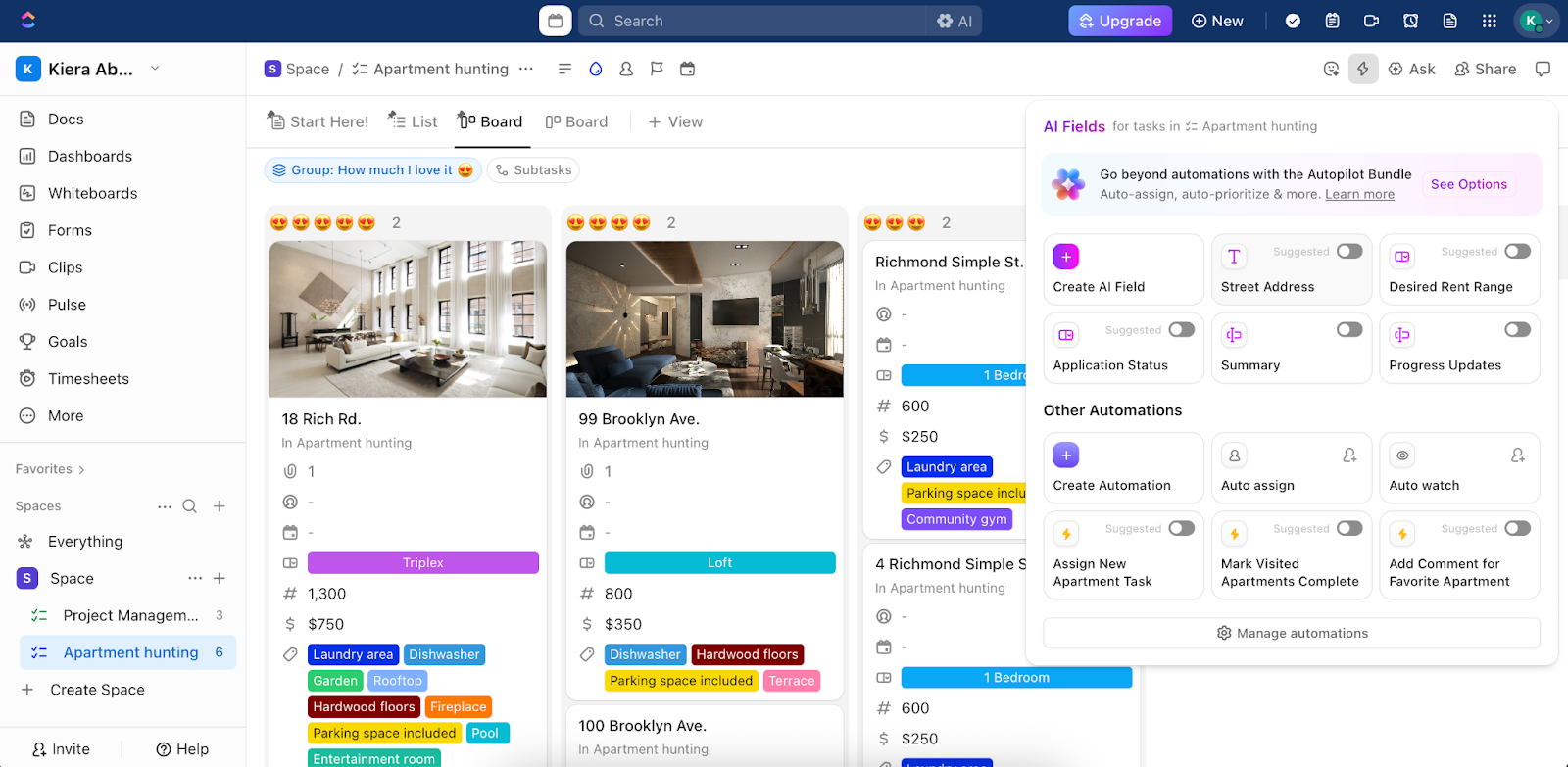
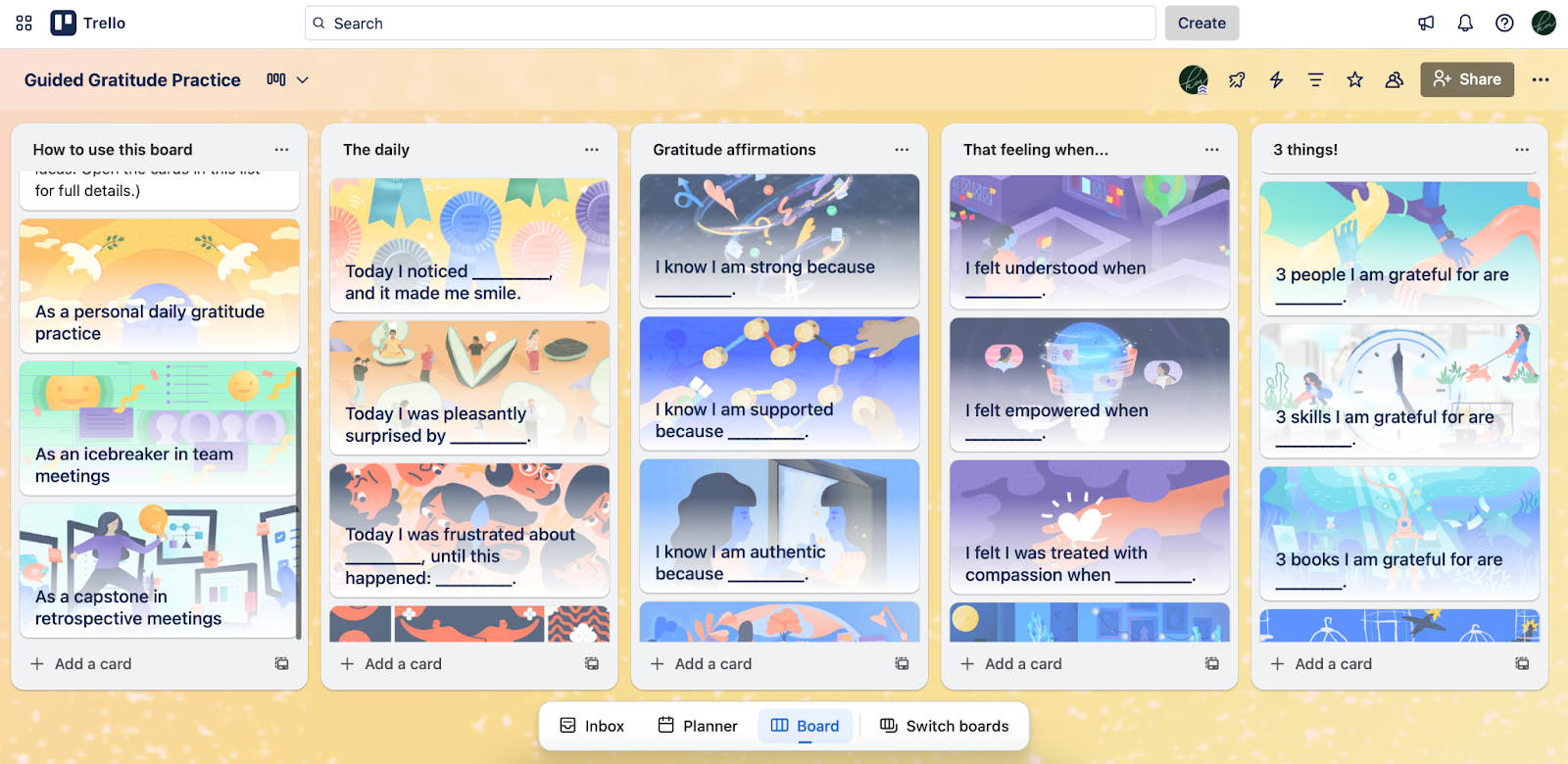

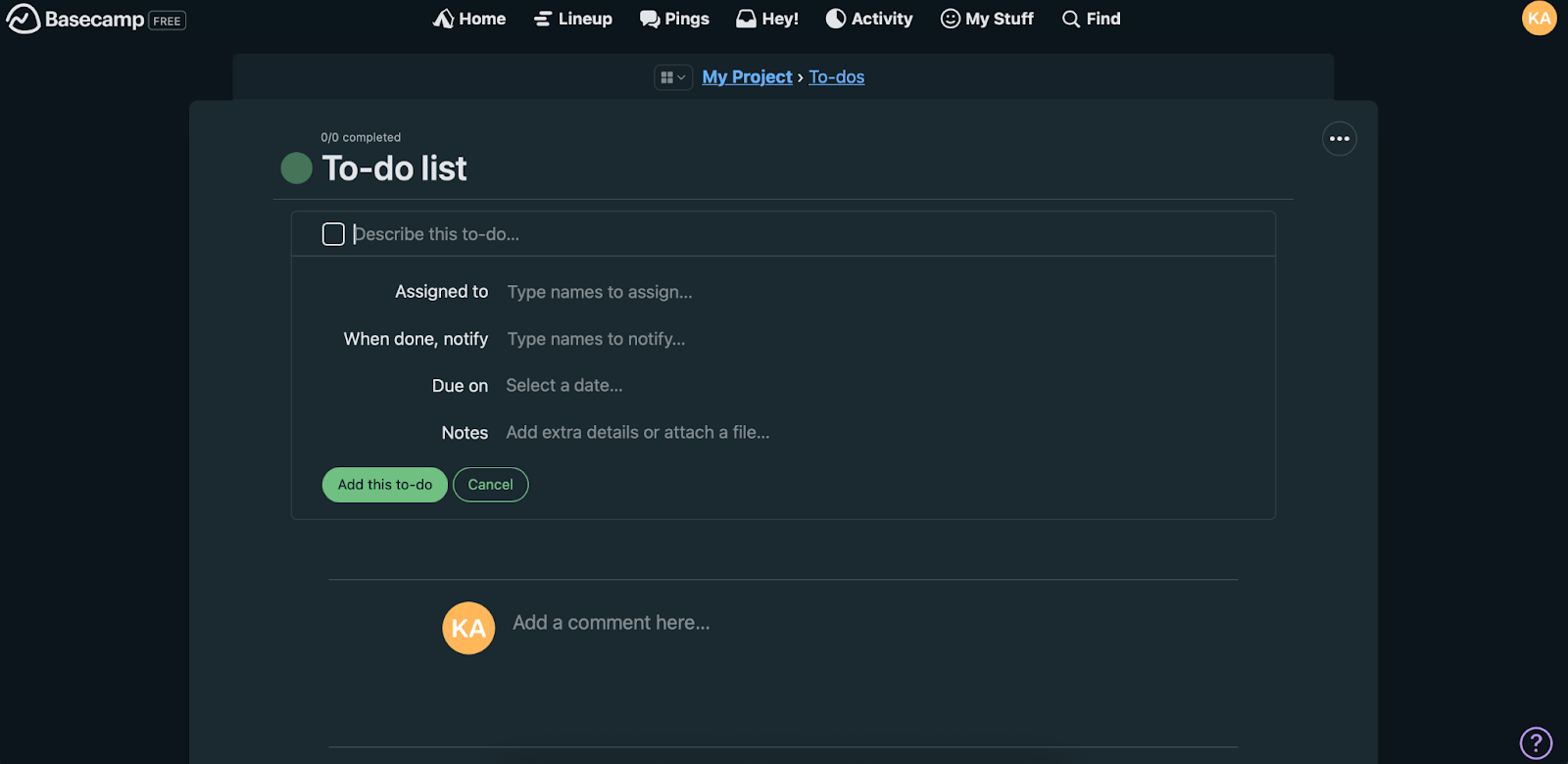










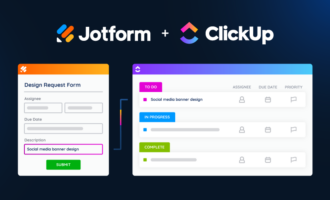

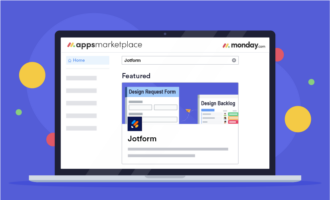

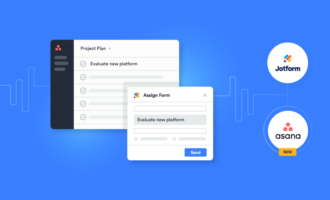
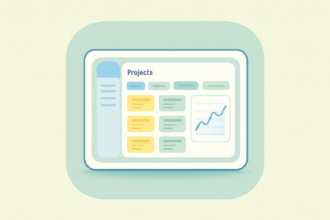




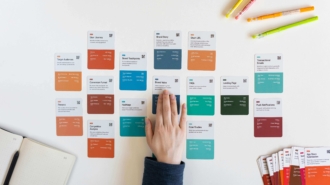


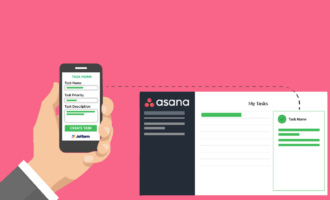



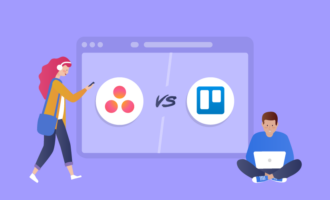









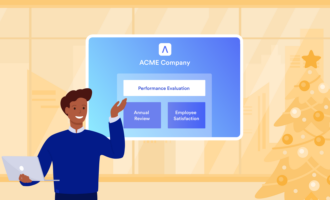


Send Comment: